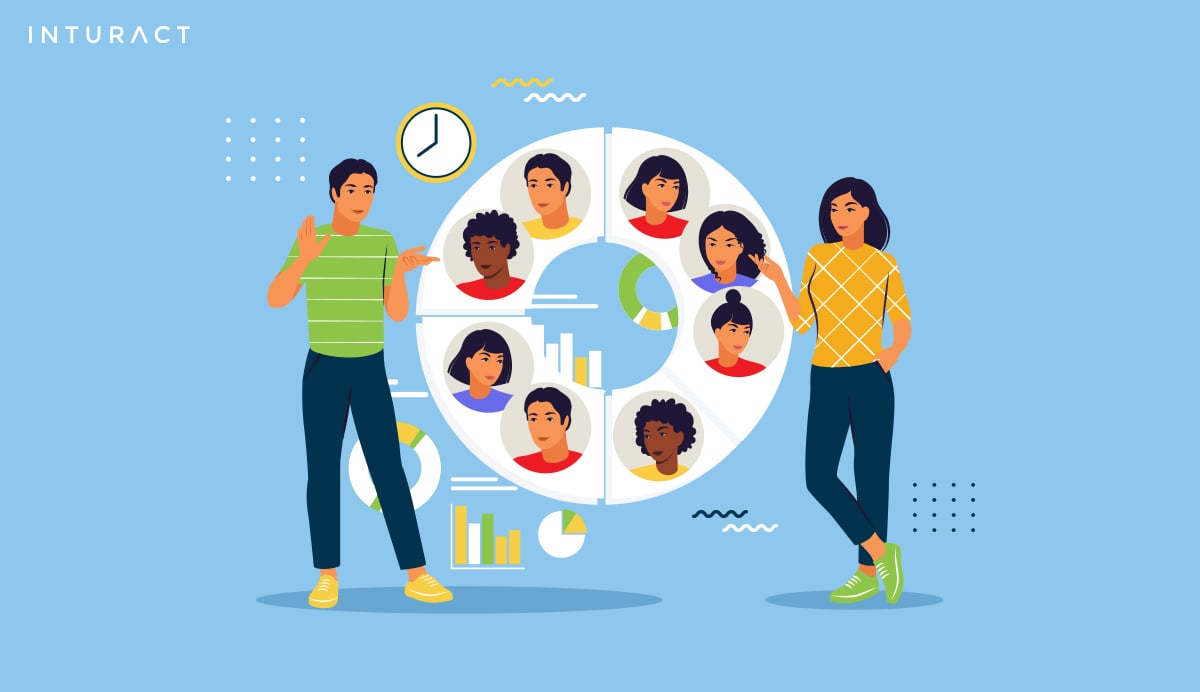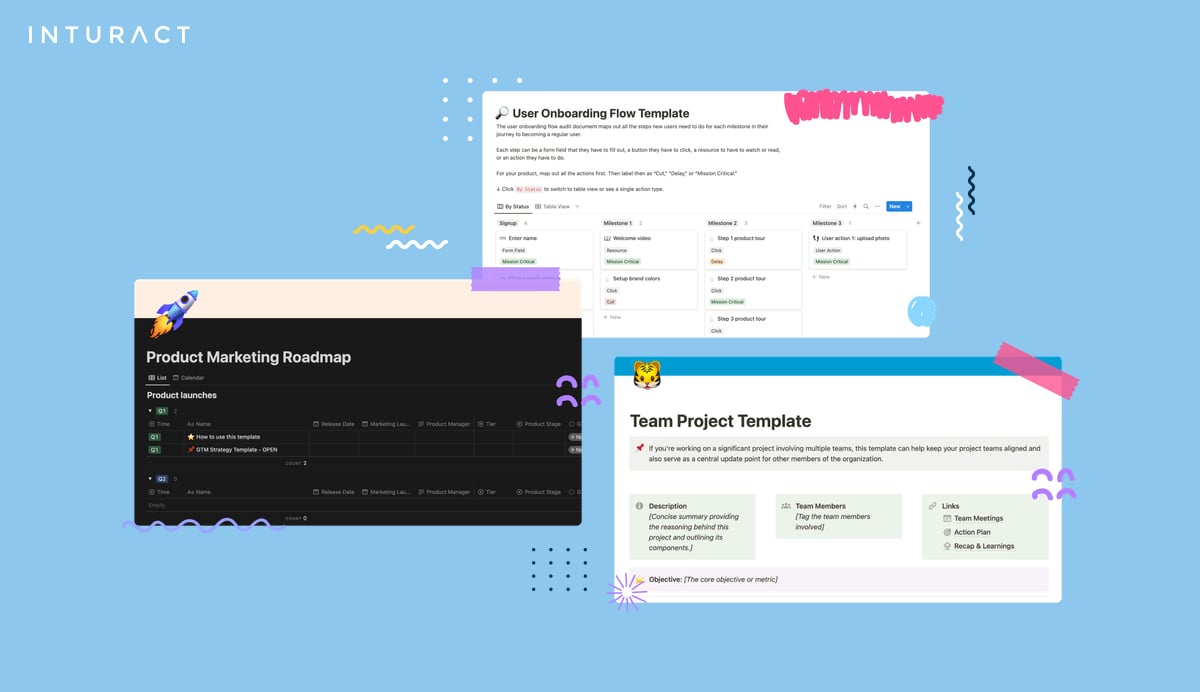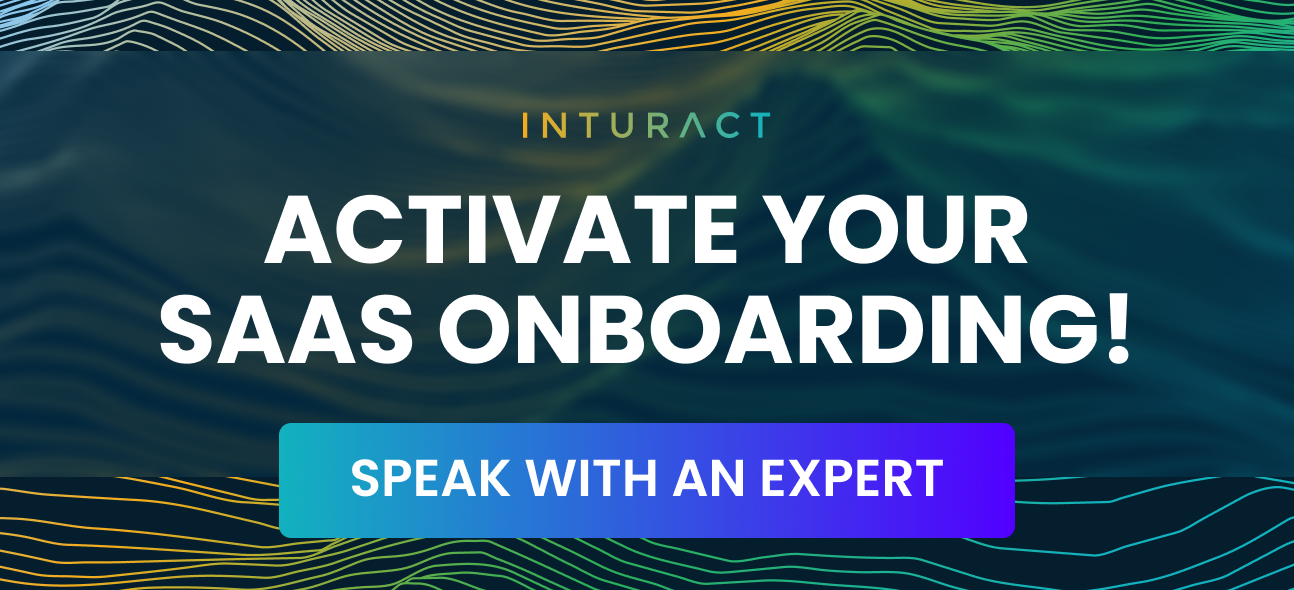You're already familiar with Appcues — a tool that promises to streamline and enrich the user experience. However, selecting this tool is merely the first step in a larger, more crucial strategy. This blog is dedicated to unraveling the layers of effective Appcues implementation, ensuring that your investment translates into tangible results for your product.
The true essence of a successful Appcues implementation lies in your understanding and groundwork. It's about integrating Appcues into a well-constructed customer journey map, pinpointing those critical 'aha' moments, and solidifying your onboarding fundamentals.
Appcues is a tool that flourishes on a strong foundation.
So, whether you're contemplating an Appcues subscription or seeking to maximize its impact post-purchase, this blog will guide you through the nuances of ensuring a successful onboarding implementation. Let's embark on this journey to transform how users interact with your product, leading to reduced churn and enhanced retention.
Understand Your Audience

Understanding your audience means identifying what users are trying to achieve by using your product. Understanding their goals helps in creating an onboarding process that is aligned with helping them achieve these goals efficiently.
By understanding your audience in these aspects, you can design an onboarding experience with Appcues that is more personalized, engaging, and effective. It ensures that the onboarding process meets the users' specific needs, leading to a better product experience and higher user retention.
How should you go about it?
Start by gathering data about your users. This can be done through surveys, interviews, or analyzing existing product user data. The goal is to gain insights into who your users are, what challenges they face, and what they expect from your product.
Not all users are the same, and a one-size-fits-all approach to onboarding can be ineffective. Segment your audience based on criteria like job roles, industry, experience level with similar products, or the size of their business. This segmentation allows you to create more targeted and relevant onboarding experiences.
If you have a data science team, have them extract a cohort of power users based on speed of purchase and retention. Then back out the behaviors that cohort exhibits in the product. At the end, you should be able to randomly pick a user and by looking at their product behavior, know exactly what segment they belong to.
It’s important to note that each segment might, indeed, have their own user journey. This is the basis of being able to offer a personalized onboarding experience. We’ve found that there’s going to be a 3 main segments; Power Users who exemplify the best possible outcomes from your product (i.e, high retention, frequency and wallet share), Silent Majority who use the product but not to its fullest potential, and the Laggards who have a very high churn risk.
Map the Customer Journey
The journey of a new user is a series of critical, interlinked steps in between four activation milestones. These steps and milestones are essential in transforming a casual user into a long-term, engaged one. If you do this right, you’ll be converting more Power Users than ever before. Each milestone’s goal is to prepare the user for the next milestone.
- Sign Up: This is the initial engagement where the user officially joins the product. It's a pivotal moment as it transitions an interested party into a potential active user. Think first impressions. Does the UX provide enough context? If not, use Appcues to set the stage.
- Setup Moment: Here, the user takes necessary actions to prepare for experiencing the core value proposition of the product. This stage is crucial as it sets the stage for the user's first real interaction with the product's main features. Here, you can use Appcues to guide the user through 3-8 critical steps needed before they get to Aha.
- Aha Moment: This is a key milestone where the user experiences the core value proposition for the first time. It's the moment of realization or the 'aha' moment when the user understands the real benefit of the product. Note, they won’t actually get the benefit yet, it’s just that they can now see how they will. Use Appcues to drive the steps in this stage by thinking about a quick win or a delightful surprise.
Source: appcues.com
- Habit Moment: The final stage is where the user establishes a habit around the core value proposition. This means the user is not just trying out the product but integrating it into their routine or workflow. At Inturact, we always start here and work our way backwards. Habit Moments are always expressed as some version of: The user does X, A number of times in Y days, or XaY. For example, the user sends 5 direct messages in 7 days…correlates to a higher probability of upgrading. You can refer to your Power User segment here as a guide. Use Appcues to get the user to perform that action X number of times before the end of that critical period.
Source: reforge.com
For instance, Qordoba used Appcues to create a beautiful user onboarding flow. It welcomes users who are trying out the free version with five elegantly crafted pop-up messages. This brief onboarding process effectively highlights Qordoba's main benefits, familiarizes new users with important features of the product, and encourages them to take a key action - installing the Chrome Extension.
An optimal new user onboarding flow should:
- Facilitate Quick Sign-Ups: It’s generally best to get users signed up as swiftly as possible. Most products require users to create an account to access the primary value proposition, whether it's starting a free trial or becoming a subscriber. The faster you get their contact details, like an email address or phone number, the quicker you can re-engage them through various channels such as email, push notifications, or SMS so they get back to the product.
👉 Implement progress bars or indicators with Appcues, so users know how far they are in the sign-up process, encouraging them to complete it.
- Request Minimal Information: Asking for too much information upfront can be a deterrent. It’s essential to strike a balance – request only the information absolutely necessary to help users experience the primary value proposition. It's equally important to communicate clearly why certain information is being requested.
👉 With Appcues, you can provide contextual tooltips or messages explaining why certain information is needed, helping users understand the importance of each request and how it benefits their experience.
- Highlight and Amplify the Primary Value Proposition: After users go through the process of signing up and completing the onboarding, they expect something valuable in return. This is your chance to highlight your product's primary value proposition and make it as compelling as possible. The first impression here is critical and can be a decisive factor in whether a user decides to stay or leave.
👉 Utilize Appcues’s analytics to track user engagement and drop-off points during the onboarding process. This data is crucial for optimizing the flow and making it as effective as possible.
By integrating Appcues into these steps, you not only enhance the user onboarding experience but also gain valuable insights into user behavior and preferences. This allows for continual refinement of the onboarding process, ensuring it remains effective and aligned with user needs.
Leverage Pre-designed Templates

Imagine you have a project management software. New users typically want to create their first project, add team members, and set up tasks. But when they first sign in, they might not know where to start. This is where Appcues's pre-built templates come into play. Leverage these templates.
Appcues can help you create a step-by-step guide template to walk the user through creating their first project. It can highlight buttons to click, fields to fill out, and provide tips along the way. This interactive guide reduces confusion and helps the user accomplish a key task quickly.
Each template in Appcues is customizable. You can change the text, add images, or modify the flow to better suit your product and user needs.
How to Get Maximum Possible Value From Appcues
A no-code builder, like Appcues, is great for your user onboarding.
It allows anyone, regardless of technical expertise, to create and implement onboarding flows. This democratizes the process, enabling team members like product managers, marketers, or customer success specialists to contribute directly to the onboarding experience.
Without the need for coding, changes and new onboarding sequences can be designed and deployed quickly. This speed is crucial in responding to user feedback or making adjustments based on user behavior analytics.
But just because it's easy to use doesn't mean it will get you easy results, without any of the hard work of understanding customers, journey maps, aha moments, writing persuasive copy, etc.
All these tasks can be overwhelming, but they're also crucial if you want to get the maximum value from your subscription of Appcues. If you don't do any of the preparation, you will not only lose money on Appcues but also impact the retention rate of your app, badly leading to high churn and poor revenue.
One way to prevent this is to hire experts at Inturact who can help you get the maximum value of your user onboarding tools.
Inturact combines deep SaaS expertise with a data-driven approach to tailor onboarding strategies that resonate with your user base. Our focus is on creating engaging, user-centric onboarding experiences that can help bridge the gap between user sign-up and loyal, long-term customer engagement.
Whether you're looking to refine an existing onboarding process or build one from the ground up, Inturact can provide the insights and strategies necessary to make your user onboarding journey a resounding success. Schedule a call with us today.



